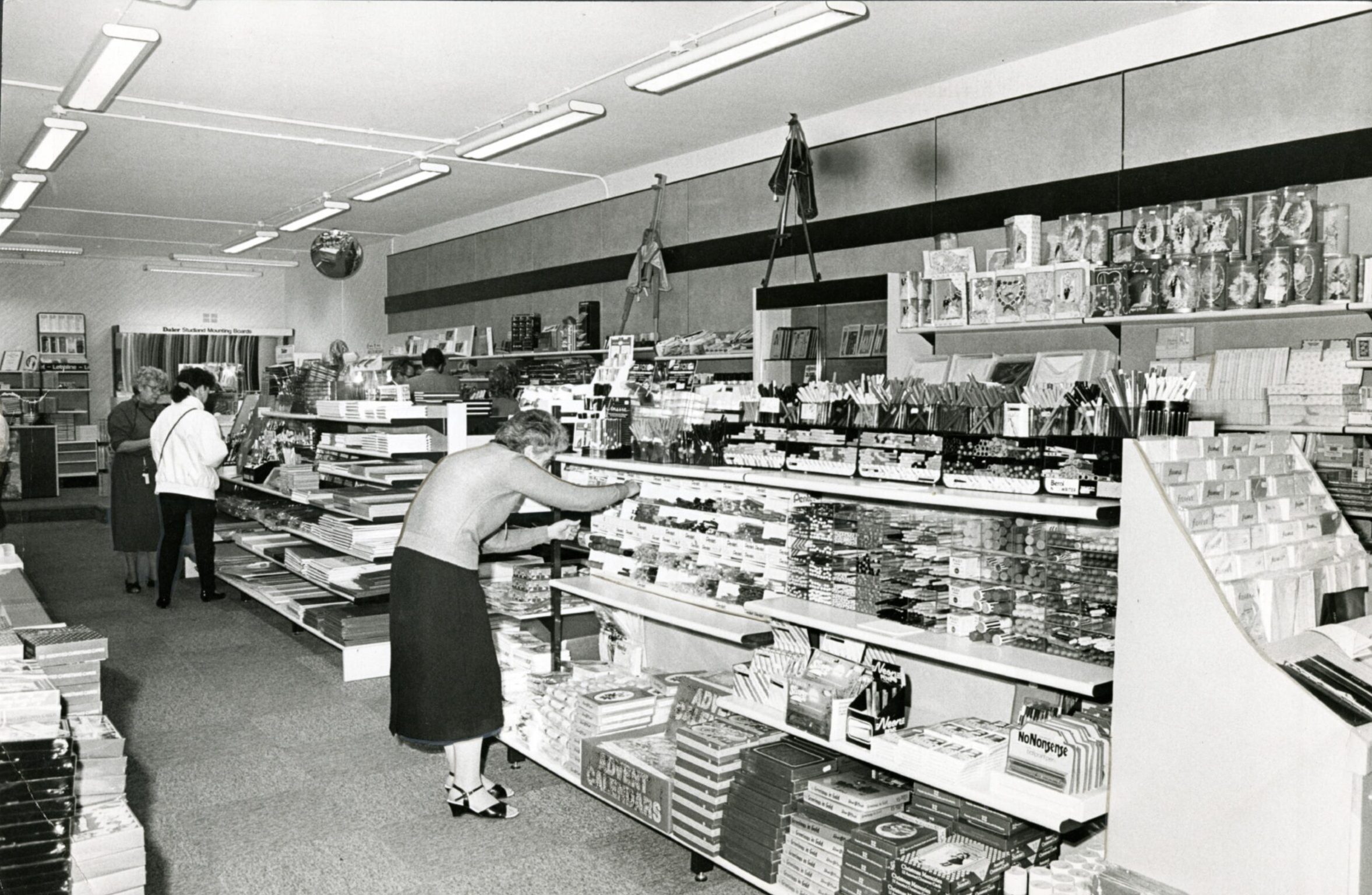
A stroll around Burns and Harris was enough to convince you the pen is mightier than the sword.
The shop was an Aladdin’s cave of stationery treasure.
It stocked everything from pens, glue, notepapers, envelopes, postcards and greetings cards to diaries, calendars, maps and computer supplies.
Getting married?
Burns and Harris had Dundee’s largest range of wedding accessories from cake tops and favours to hymn sheets and thank you notes.
For the artist there was a comprehensive stock of watercolours, acrylics, oils and pastels, crayons, brushes, art boards and easels.
How Burns and Harris got started in 1886
The firm began life when William Burns and William Harris decided to set up a business for themselves in Dundee in 1886.
The first premises opened at 112 Nethergate.
The principal business was bookselling and retailing of stationery.
However, behind the shop was a small one-storey building with its entrance from Yeaman Shore and Sea Close.
It was there that a start was made on the printing side of the business.
One of the biggest developments was in the printing of colour labels for whisky bottles, and jars and containers for preserves and confectionery.
Many billions of labels were printed over the years including marmalade from the Keiller Factory which found their way right around the world.
The pioneers of the business were succeeded by their sons.
They continued the policy of expansion and investment in new machinery.
The third generation then joined the board – Mr William Burns and Mr Myles Burns.
Large fire in 1959 was a major setback
The Tayside printing works at Long Wynd in Marketgait became a major part of the firm’s operations which suffered a disastrous fire in 1959.
A colossal task faced the two young directors who were determined to succeed and in little more than a year the new works covered a much larger site.
Burns and Harris was the major source of schools supplies.
People of all ages were drawn to the Nethergate shop to purchase items which could only be found there.
A full and comprehensive office stationery catalogue was produced annually.
Burns and Harris celebrated a century of business in 1986 with a visit from the Queen Mother to the Tayside Printing Works in Marketgait.
She pressed the button to start a new printing press which cost £250,000.
The new machine added to the firm’s capacity to undertake a wide range of printing tasks from news sheets to high quality brochures, books and manuals.
The company also installed a paper cutter guillotine controlled by computer.
The old manually operated dinosaur of a cutter was retired.
The Queen Mother met many of the company’s 58 employees including Katherine Key who was the longest serving with 45 years of service.
In July 1986 Burns and Harris moved to the Overgate Centre.
It became a one-stop shop across a single level.
Renowned Dundee artist James McIntosh Patrick performed the opening ceremony using a seven foot long pair of scissors to cut the ribbon.
“I’m going to come here myself to browse over the art materials,” he said.
What could you find in the store in 1986?
An Evening Telegraph advertising feature said it would provide a “new dimension of excellence in this area of the retail market” with a range “unequalled in Tayside”.
The range included brand name pens, quality notepapers and envelopes, postcards, greetings cards, wedding stationery and albums, diaries and calendars.
It was the yuppie era of ‘loadsamoney’ and Burns and Harris was the place to buy a filofax to look like Gordon Gekko in Wall Street.
There were even Bibles and hymn books alongside the comprehensive range of crayons, brushes, art boards and easels for the artist.
The new shop was a big success but sometimes the wheels of change move quickly.
The Overgate Centre was beginning to look its age.
Burns and Harris took a “commercial decision” to look elsewhere as a consequence of the proposed redevelopment of the shopping mall.
They moved to Commercial Street opposite the McManus Galleries in 1996.
The official opening took place before a large and enthusiastic crowd with Dundee’s Lord Provost Mervyn Rolfe carrying out the ceremony.
Something for all ages at Burns and Harris
The Courier said the many early customers found the new store offered “something for everyone, from the very young to the very old”.
If what you were looking for was not instantly available it could be ordered before 5.30pm and be in Dundee by 9am the following day.
The shop offered the largest choice of artists’ materials in Tayside.
The Courier said: “A great many Burns and Harris customers are finding they have more time for leisure nowadays.
“This has seen a tremendous growth in sales from the wide range of jigsaws, parlour games, model kits and an extensive range of craft-related materials in stock.
“In addition, the shop also supplies a considerable range of computer software, accessories and consumables.
“This demonstrates once again that a firm established last century can still be at the forefront of technology.”
Commercial Street was the final move
Managing director Robert Burns said they managed to evolve because they were never afraid to embrace new ideas and technologies.
They offered electronic publishing on the “world wide web” and were advising customers how best to market their businesses “through this exciting new medium”.
Mr Burns said: “One thing which has not changed is that our greatest asset remains our staff.
“This is as true today as it was when my great grandfather started the business.
“The growth of Burns and Harris is directly attributable to the commitment of staff and the rapport they create with our customers.
“We must have the most loyal customers in the country.
“When we moved to the Overgate 10 years ago they followed us there.
“Now, with an even more central location, we look forward to welcoming them to our new home.”
Nothing lasts forever.
The printing division continued to operate until 2001 when it was sold to allow the firm to concentrate on its two retail shops including Kirkcaldy.
The recession bit hard and Burns and Harris closed in 2012 and blamed “traditional marketplaces being eroded by the supermarkets”.
It was a sad end for a shop that became a city institution.
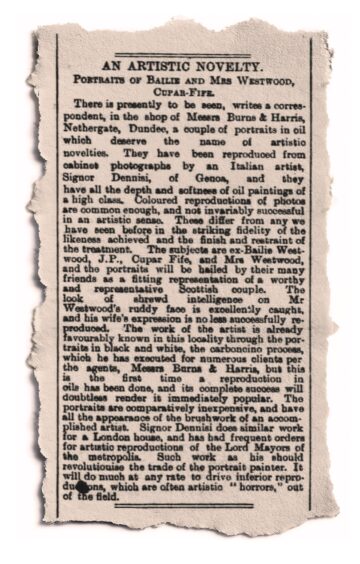
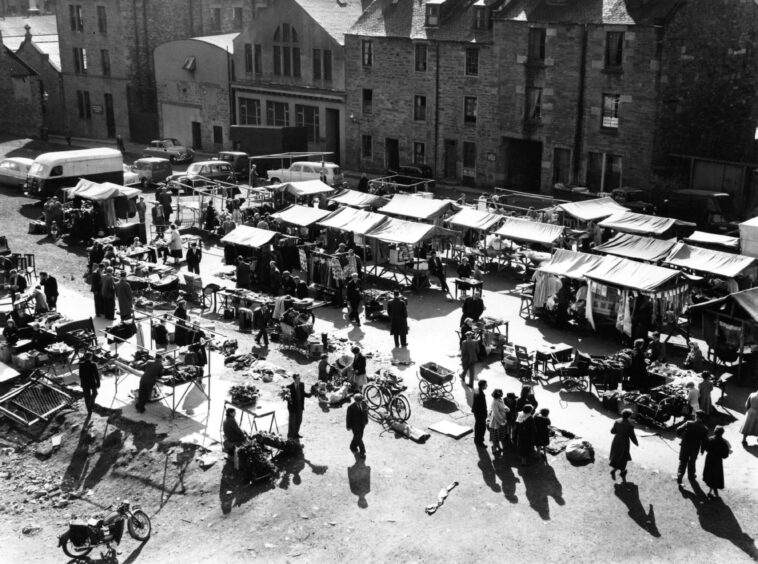
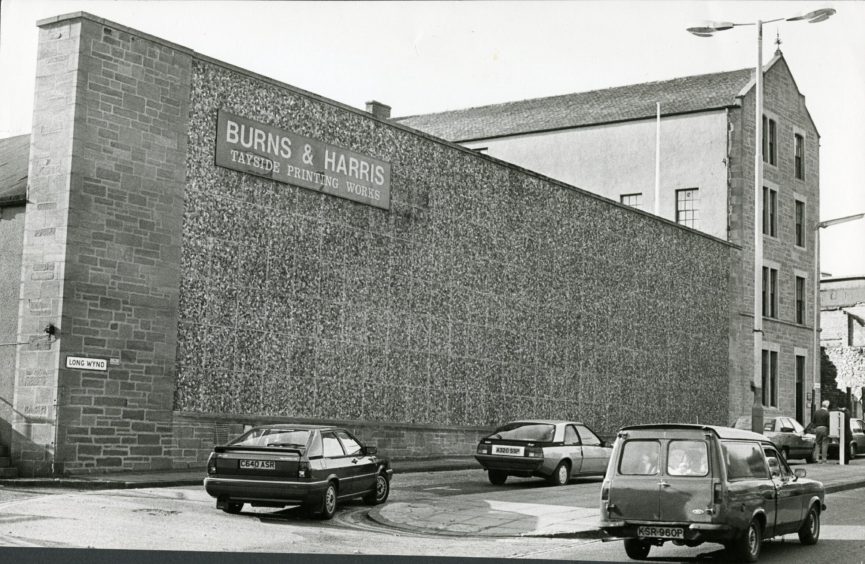
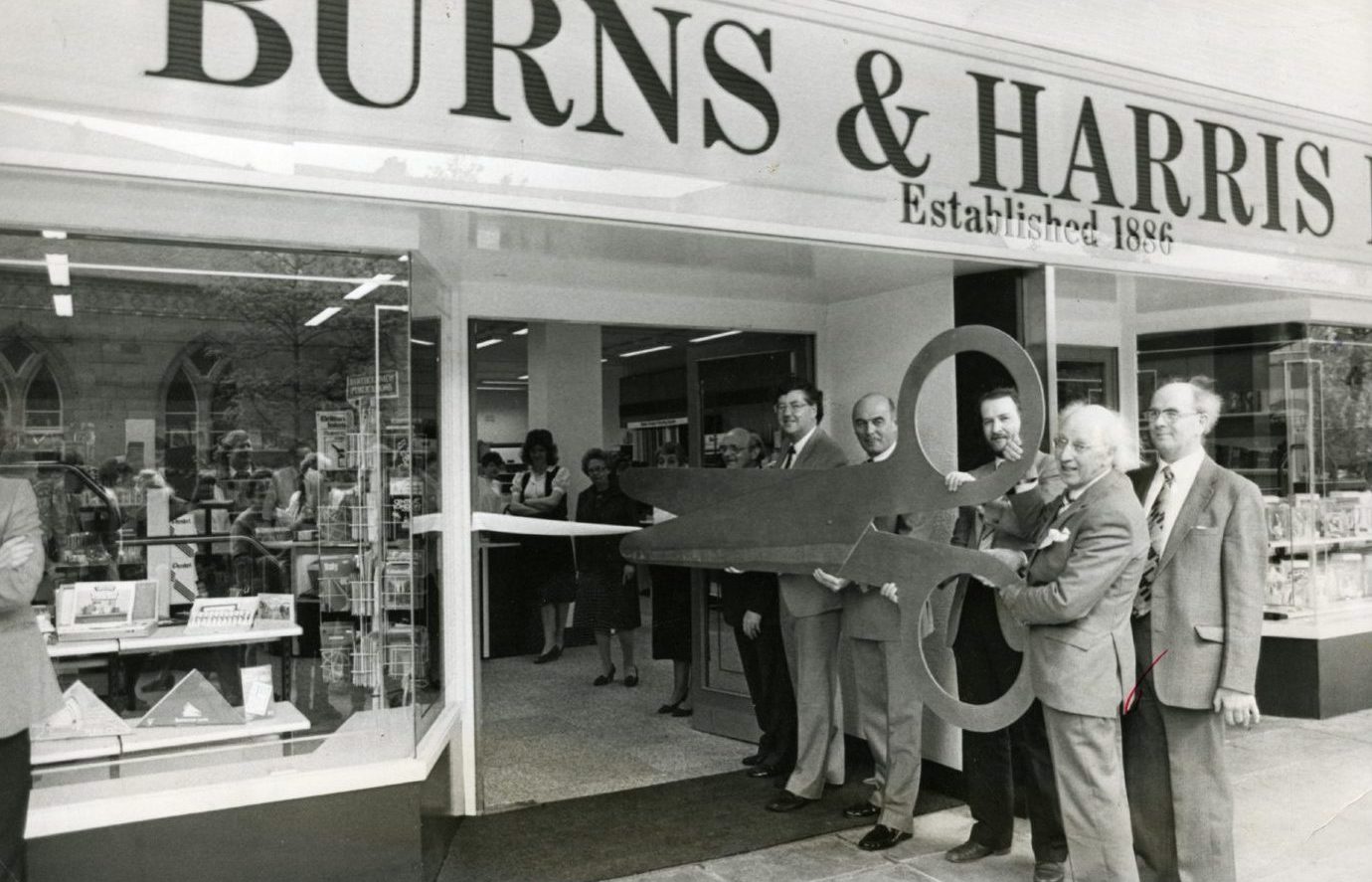
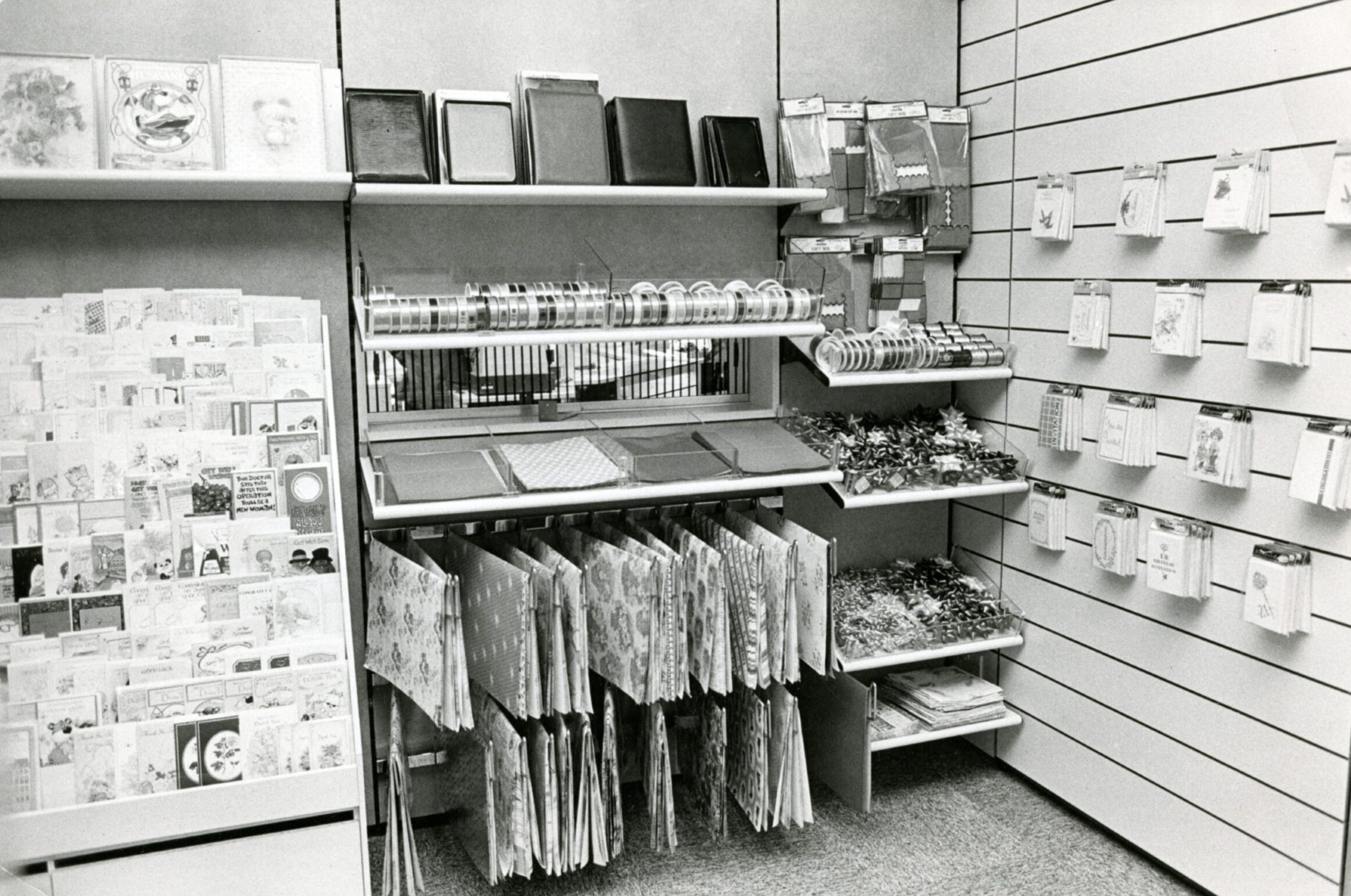
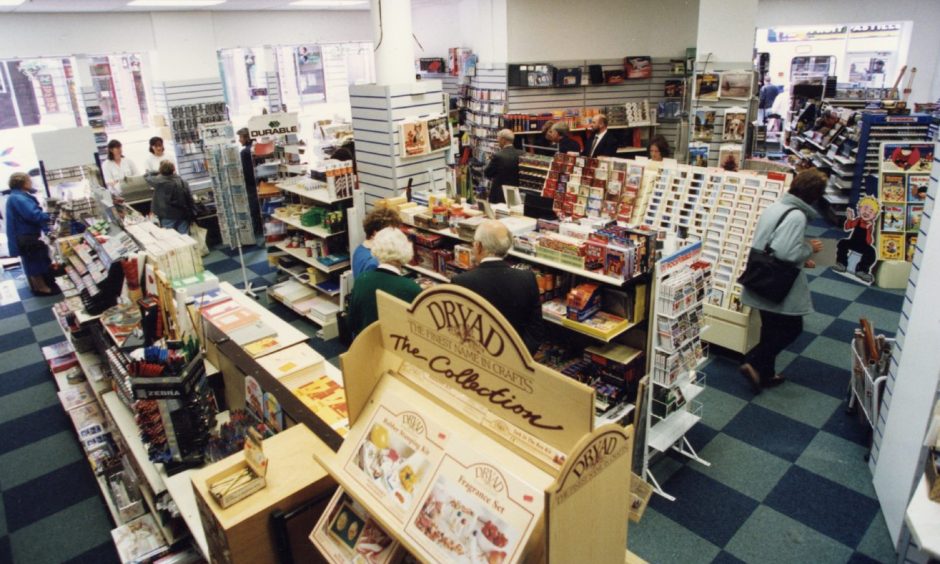
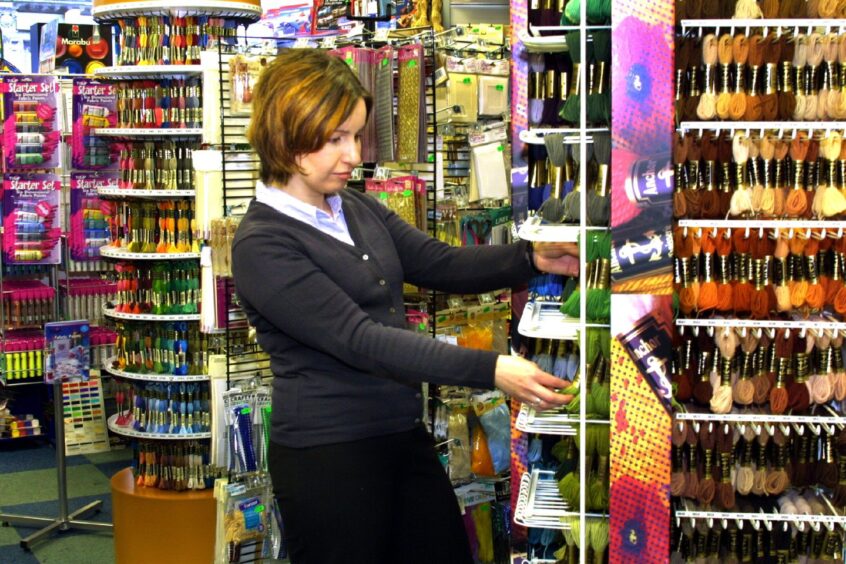
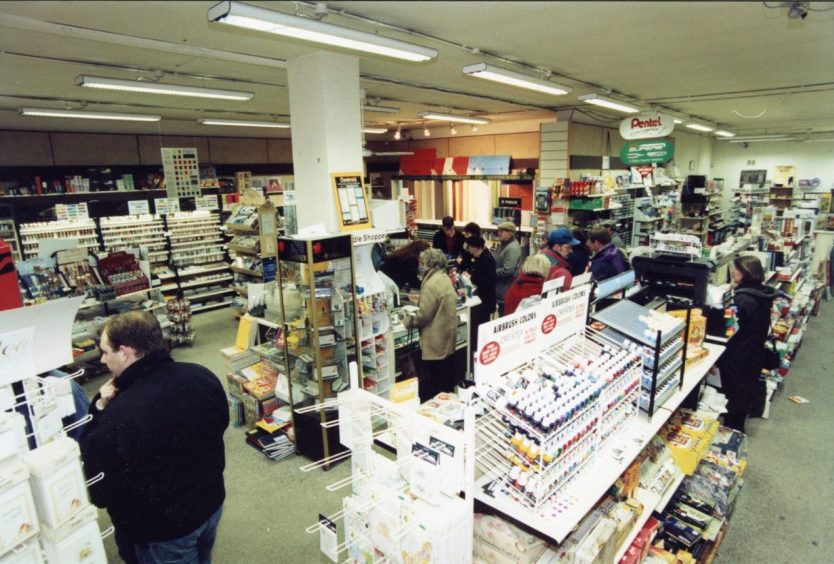
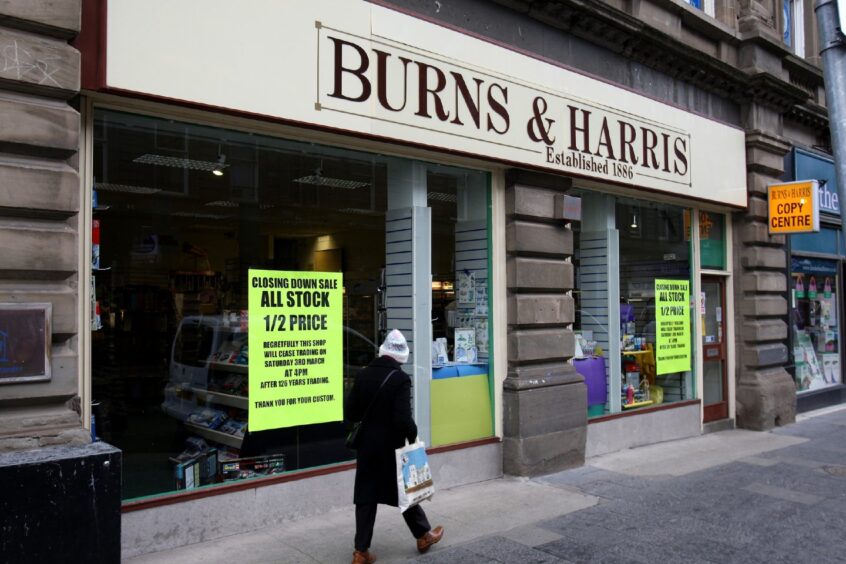
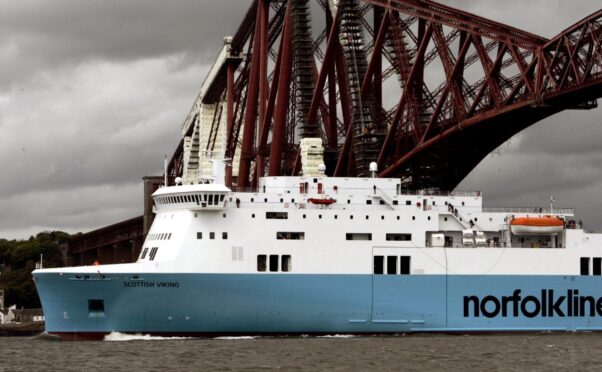
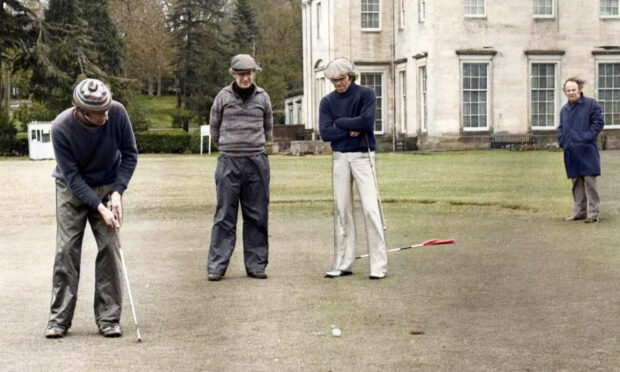
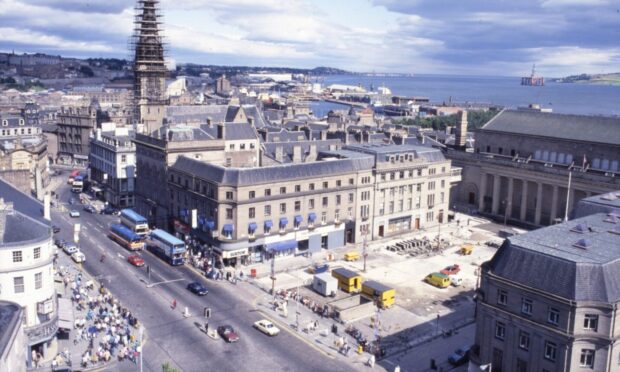

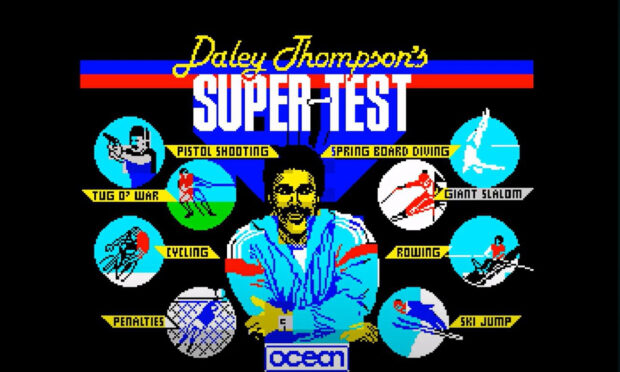
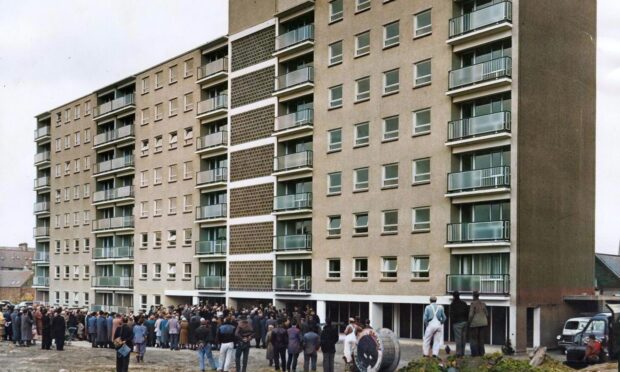

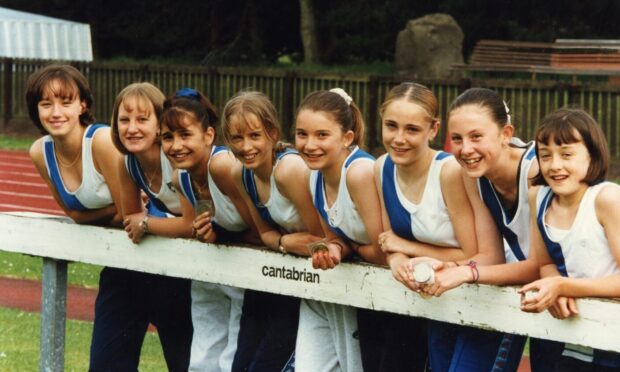

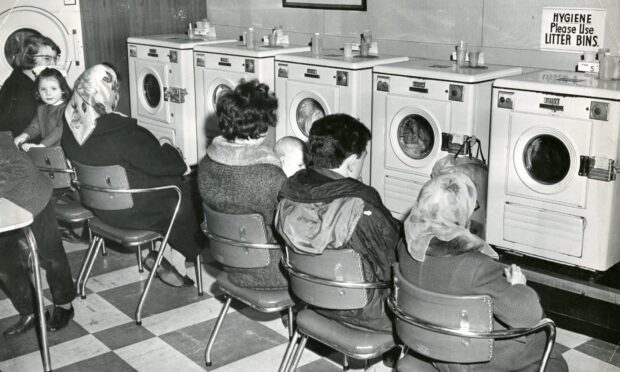
Conversation